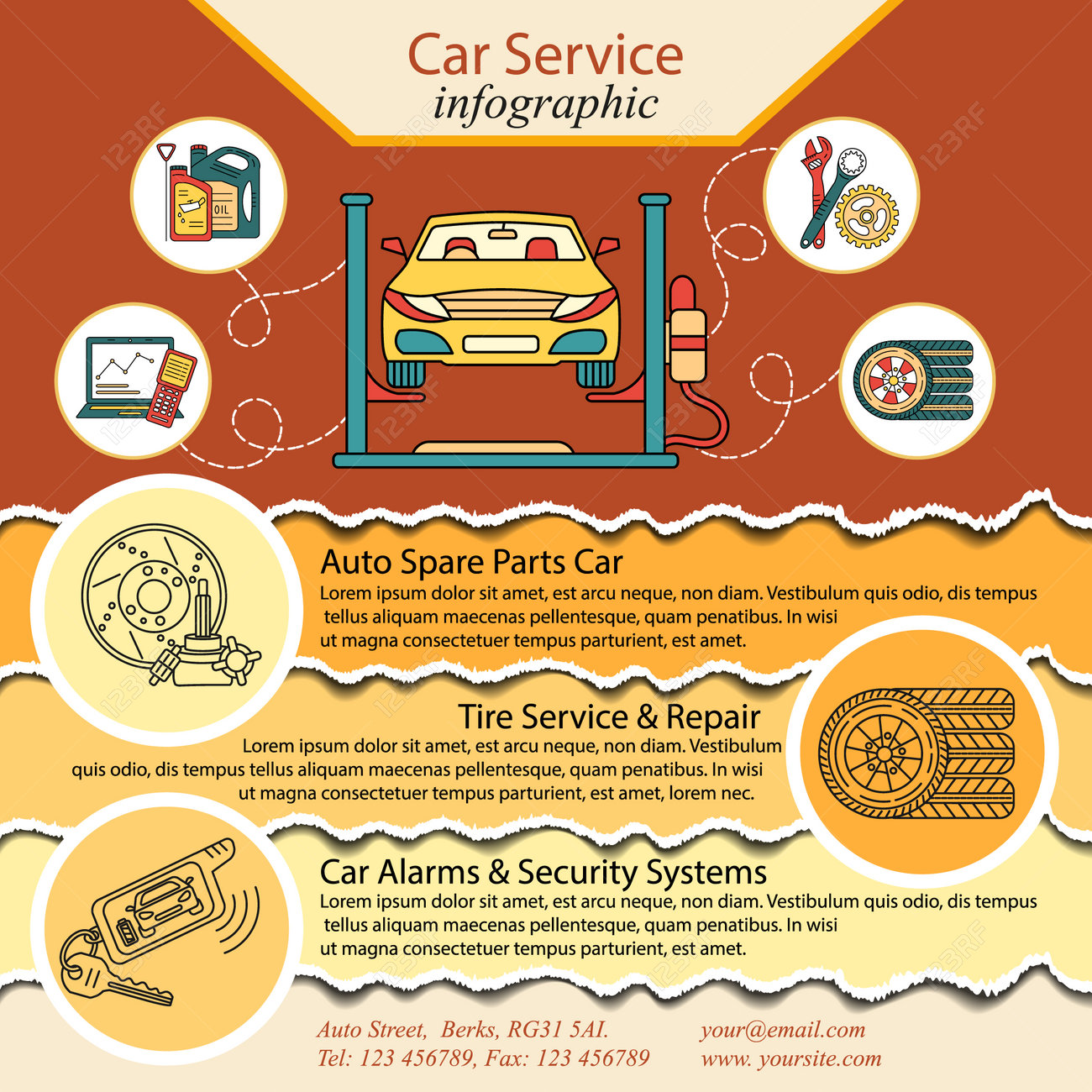Understanding The Significance Behind Your Vehicle'S Warning Lights: A Thorough Appearance
Understanding The Significance Behind Your Vehicle'S Warning Lights: A Thorough Appearance
Blog Article
Produced By- car hand wash
When you lag the wheel, those radiant caution lights on your control panel can be a bit bewildering. Do you understand what they're trying to tell you about your automobile's wellness? Understanding the significance of these lights is crucial for your safety and the long life of your car. So, the following time among those lights turns up, wouldn't you want to decode its message properly and take the necessary steps to resolve it?
Common Warning Lights and Interpretations
Identify usual caution lights in your cars and truck and understand their definitions to make sure secure driving.
The most regular warning lights include the check engine light, which signifies concerns with the engine or discharges system. If this light begins, it's important to have your vehicle checked promptly.
The oil pressure cautioning light suggests reduced oil pressure, requiring instant focus to prevent engine damage.
A blinking battery light could recommend a malfunctioning billing system, potentially leaving you stranded if not resolved.
The tire stress tracking system (TPMS) light alerts you to low tire pressure, impacting car stability and gas efficiency. Neglecting this could lead to dangerous driving problems.
The abdominal light indicates an issue with the anti-lock stopping system, compromising your ability to quit promptly in emergencies.
Last but not least, the coolant temperature level alerting light warns of engine getting too hot, which can lead to serious damage otherwise settled quickly.
Recognizing these usual warning lights will help you resolve concerns without delay and keep secure driving problems.
Relevance of Prompt Attention
Understanding the typical caution lights in your automobile is only the primary step; the significance of immediately dealing with these warnings can't be emphasized enough to guarantee your safety and security when traveling.
When a warning light illuminates on your control panel, it's your vehicle's means of interacting a possible concern that requires focus. Ignoring these cautions can bring about much more severe troubles later on, compromising your safety and security and possibly costing you more out of commission.
Trigger interest to alerting lights can stop malfunctions and mishaps. For example, a blinking check engine light might show a misfire that, if left ignored, could cause damage to the catalytic converter. Addressing this without delay can conserve you from a pricey repair service.
Similarly, a brake system alerting light could indicate low brake liquid or worn brake pads, crucial elements for your safety and security when driving.
Do It Yourself Troubleshooting Tips
If you see a caution light on your dashboard, there are a couple of DIY troubleshooting pointers you can attempt before seeking professional assistance.
The first step is to consult your auto's handbook to understand what the certain caution light shows. In some cases the problem can be as basic as a loosened gas cap triggering the check engine light. Tightening up https://oilchangecost05048.smblogsites.com/30268369/understanding-your-car-s-warning-lights-what-do-they-really-mean may deal with the problem.
An additional typical issue is a low battery, which can trigger various cautioning lights. Inspecting hop over to this site for rust and ensuring they're safe may repair the problem.
If a warning light lingers, you can attempt resetting it by separating the auto's battery for a couple of mins and afterwards reconnecting it. In addition, examining your automobile's fluid levels, such as oil, coolant, and brake fluid, can help fix alerting lights connected to these systems.
Verdict
To conclude, recognizing your automobile's warning lights is crucial for maintaining your lorry running efficiently and safely. By without delay dealing with these signals and knowing what they mean, you can avoid expensive repair work and possible malfunctions.
Bear in mind to consult your vehicle's handbook for certain information on each cautioning light and do something about it appropriately to make sure a trouble-free driving experience.
Remain notified, stay secure when driving!
